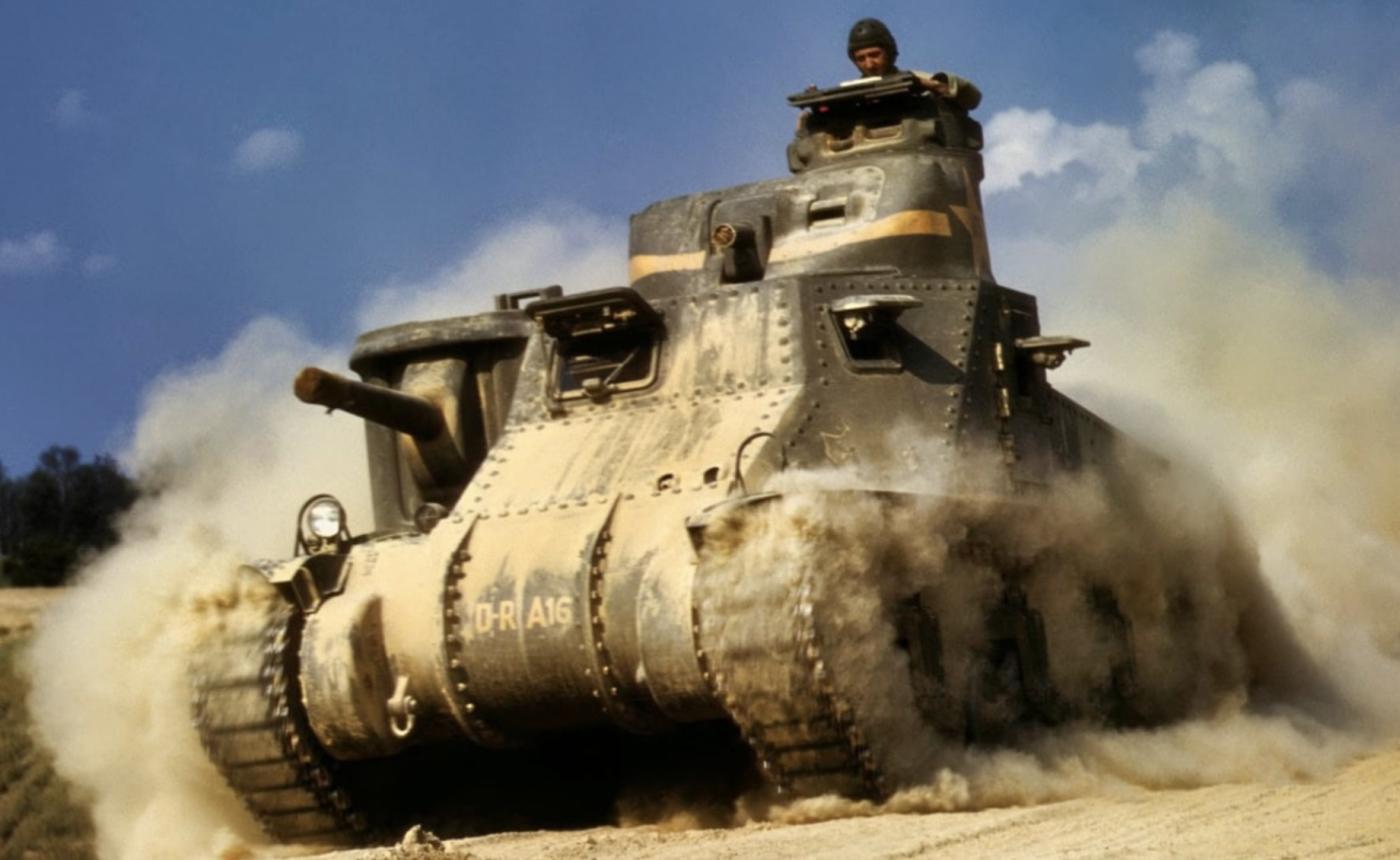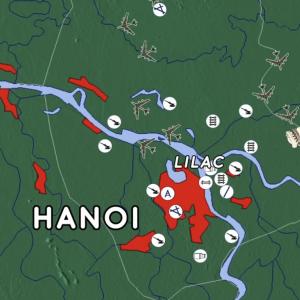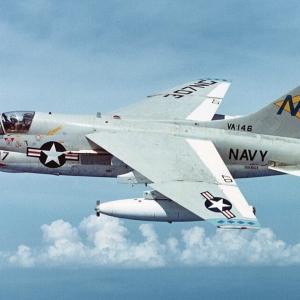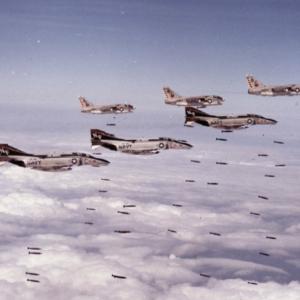
Grant Tank
The story of the Grant tank begins with a pressing challenge faced by the British Army during the early years of World War II. In the deserts of North Africa, British armored forces were struggling. Their tanks were underpowered, lightly armored, and simply couldn’t match the firepower or durability of the German and Italian armor they were up against. What the British urgently needed was a tank that could deliver heavier firepower, particularly a weapon capable of firing high-explosive shells to deal with both enemy tanks and fortified positions.
The solution came from across the Atlantic. The United States developed a new medium tank known as the M3. While it was clearly a stopgap design, meant to bridge the gap until better tanks could be produced, the M3 had one major advantage — it mounted a powerful 75 mm gun. This gun was placed in a sponson on the right side of the hull rather than in a rotating turret, which was not ideal, but at the time it was the only way to field such a large gun quickly. A smaller 37 mm gun was mounted in a rotating turret on top of the tank, giving it a rather unusual and tall appearance.
When the British decided to adopt this tank, they requested a number of modifications. These changes included a redesigned turret to house British radio equipment and the removal of the American-style machine-gun cupola, which reduced the tank’s already tall silhouette just slightly. The British version was named the Grant, in honor of the American Civil War general Ulysses S. Grant, while the original American version, with the higher turret and cupola, was known as the Lee, after Confederate general Robert E. Lee.
The Grant was first used in battle in early 1942, during the North African campaign. Its arrival marked a turning point for British armored forces. The 75 mm gun gave the tank a distinct edge, capable of engaging enemy positions and vehicles at longer ranges than many of its predecessors. It could fire both high-explosive and armor-piercing shells, offering greater flexibility on the battlefield. British and Commonwealth crews appreciated the tank for its powerful main armament and relatively thick frontal armor, which offered decent protection in the open terrain of the desert.
Despite its advantages, the Grant had some notable weaknesses. Its high silhouette made it an easier target, and the placement of the 75 mm gun in the hull limited its field of fire. In order to aim the gun effectively, the entire tank had to be turned, which could be awkward in battle, especially when trying to take cover or fire on the move. The armor, while adequate at the front, was thinner on the sides and rear, leaving the tank vulnerable to flank attacks. Additionally, many early models were built with riveted armor, which could be hazardous — when struck, the rivets sometimes broke loose and ricocheted inside the tank, causing injuries or worse to the crew.
Inside the tank, conditions were cramped and noisy. The British version typically had a six-man crew: a commander, driver, gunner and loader for the 75 mm gun, and a gunner and loader for the 37 mm turret gun. Space was limited, and under fire, the tank could become a death trap. This led to the grim nickname “a coffin for six brothers,” or in the American version, “a coffin for seven,” depending on the crew size. The name reflected the harsh reality that if the tank was hit, especially from the side or rear, the chances of the crew surviving were slim.
Around 6,258 M3 tanks were built in total, with hundreds of them being British-specification Grants. They were produced by several American companies, including Baldwin Locomotive Works, American Locomotive Company, and Pressed Steel Car Company, among others. The tanks were shipped to North Africa and other theaters where they served until better tanks, like the M4 Sherman, became available.
Despite its flaws, the Grant filled a critical role at a vital time. In battles like Gazala and the Second Battle of El Alamein, it helped British forces hold the line and eventually go on the offensive. The tank's ability to engage enemy fortifications and vehicles at a distance provided much-needed support to infantry and gave British armor a fighting chance during a period when they were often outgunned.
As the war progressed and more modern tanks entered service, the Grant was gradually phased out from frontline duties. However, its impact during the early years of the desert war remains significant. It gave the Allies a platform that could hit hard and hold its own — if only for a while — and helped bridge the gap until better solutions arrived.










